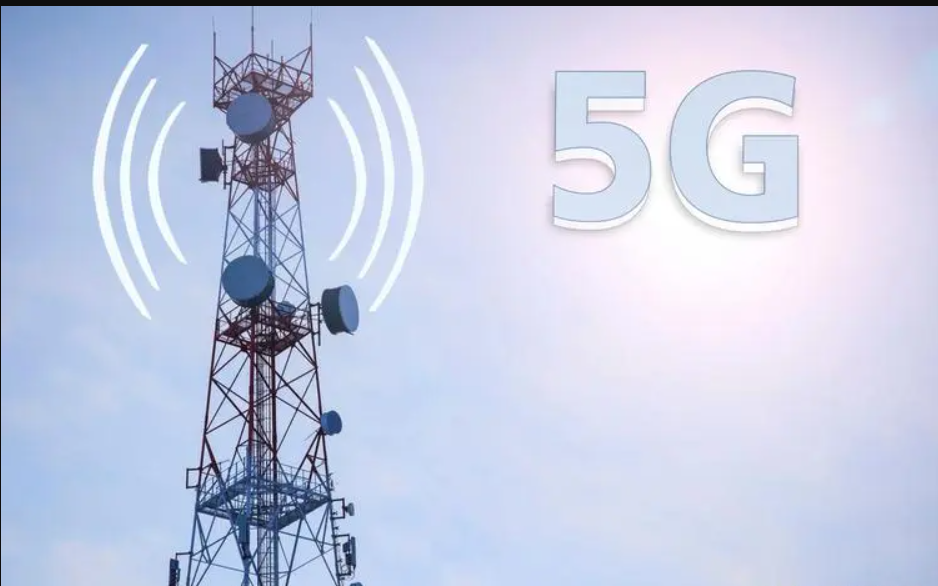IPQ4019, IPQ4029, IPQ4018 and IPQ4028 Different Wi-Fi standards - offering a choice of different performance levels

IPQ4019, IPQ4029, IPQ4018 and IPQ4028 Different Wi-Fi standards - offering a choice of different performance levels
802.11ac and 802.11n are two different Wi-Fi standards that have some important differences in speed, frequency bands, antenna technology, and more. Here are the main differences:
Speed:
802.11n: This standard supports up to 600 Mbps (theoretical), but typically speeds range from 150 Mbps to 300 Mbps, depending on the device and environment.802.11ac: The 802.11ac standard supports higher speeds, up to 1.3 Gbps (theoretical), with actual speeds typically ranging from 500 Mbps to 1 Gbps, depending on the device and environment.
Frequency band:
802.11n: Typically operates in two bands, 2.4 GHz and 5 GHz, but performs poorly in the 2.4 GHz band because it suffers from interference and congestion.802.11ac: Mainly works in the 5 GHz band, which is relatively less crowded and provides higher performance and speed.
Antenna technology:
802.11n: Often uses multi-antenna technologies such as MIMO (multiple input multiple output) to improve signal coverage and performance.802.11ac further improves MIMO technology and introduces more antennas, such as MU-MIMO (multi-user multiple input multiple output), to provide better multi-device support and performance.
Beamforming technology:
802.11n: Usually does not support beamforming technology, the signal transmission is more uniform.802.11ac: Introduces beamforming technology that can adjust the direction of the signal to improve coverage and speed.
Number of devices connected simultaneously:
802.11n: Generally supports relatively few simultaneous connected devices.802.11ac: Through MU-MIMO technology, it can support more simultaneous connected devices and provide better multi-device performance.
Overall, 802.11ac offers higher speeds, better coverage, less interference, and better multi-device performance than 802.11n.There are many of these two types of WiFi chips on the market, but the performance and quality of chips from different suppliers are all differences, let's take a look at the well-known Qualcomm chips before the comparison difference:
IPQ4019, IPQ4029, IPQ4018, and IPQ4028 are a series of network processor chips from Qualcomm that are primarily used to build high-performance wireless routers, networking devices, and embedded systems. Here's a quick rundown of them:
IPQ4019:The IPQ4019 is a network processor from Qualcomm that uses a quad-core ARM Cortex-A7 CPU architecture with a maximum frequency of 717 MHz.It supports the 802.11ac Wave 2 Wi-Fi standard and provides high-speed wireless connectivity.A variety of hardware accelerators are built in, including encryption, decryption, and QoS (Quality of Service) accelerators to provide faster data processing capabilities.Support for multi-antenna technologies such as MU-MIMO and beamforming to improve performance and coverage.Various network interfaces are integrated, including Gigabit Ethernet interface, USB interface, etc., to support a variety of connection options.
IPQ4029:The IPQ4029 is a high-performance network processor from Qualcomm that uses a quad-core Krait 300 CPU architecture with a dominant frequency of up to 717 MHz.It supports the latest Wi-Fi 6 standard (802.11ax), providing faster wireless speeds and better network performance.A variety of hardware accelerators including encryption, decryption, QoS and protocol processing accelerators are built in to provide superior data processing performance.Advanced Wi-Fi features such as MU-MIMO and beamforming are supported to connect multiple devices simultaneously and provide a more stable connection.With a variety of interfaces, including Gigabit Ethernet, USB, etc., to support a variety of connectivity needs.
IPQ4018:The IPQ4018 is a low-power networking processor from Qualcomm that uses a dual-core ARM Cortex-A7 CPU architecture with a maximum frequency of 717 MHz.It supports the 802.11ac Wave 2 standard, providing good performance and connection speed.Built-in hardware accelerators speed up data processing and encryption and decryption tasks.Supports MU-MIMO and beamforming functions to provide better wireless connection performance.Multiple network interfaces, including Gigabit Ethernet interfaces, are integrated to meet different connectivity needs.
IPQ4028:The IPQ4028 is a highly integrated network processor from Qualcomm that uses a quad-core ARM Cortex-A7 CPU architecture with a clocking speed of up to 717 MHz.It supports the 802.11ac Wave 2 Wi-Fi standard and provides high performance wireless connectivity.A variety of hardware accelerators are built in to speed up data processing and encryption and decryption tasks.Support for advanced Wi-Fi features such as MU-MIMO and beamforming to provide better multi-device performance.A variety of interfaces are integrated, including Gigabit Ethernet, USB, etc., to meet different connection needs.These Qualcomm network processor chips offer a choice of different performance levels and are suitable for a variety of wireless router and network device designs.The above chips are usually used as router cpus, and different suppliers will develop and manufacture different WiFi routers according to the performance of the chips.











评论